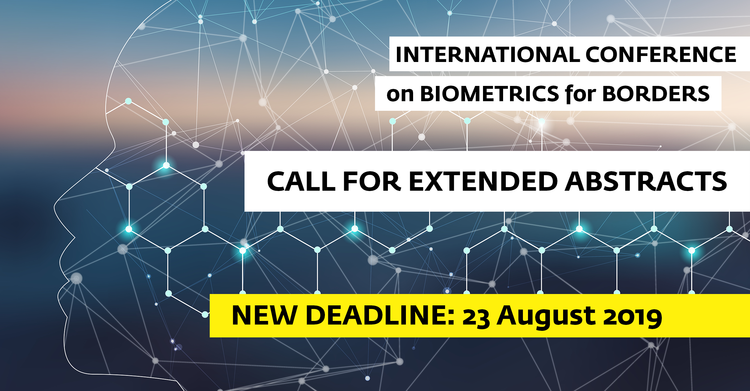Frontex, the European Border and Coast Guard Agency, is organising a conference dedicated to the topic of the use of biometrics in the context of border control, with this year’s thematic focus on morphing and its possible implications for border security.
Scope of the conference
The ICBB2019 will largely focus on the topic of morphing. Morphing in the context of border control is a relatively new and undocumented phenomenon. Researchers, law enforcement authorities and industry alike are already actively engaged in research aimed at addressing and overcoming this challenge. The conference will provide a platform for international dialogue by bringing together the law enforcement community that acknowledges morphing as a potential problem, and the research community and industry that are actively developing ways to prevent, detect and/or defeat morphing attacks.
To help catalogue the various research efforts and latest developments in detection techniques and algorithms, three key objectives have been identified:
- Discuss the current situation and the problem for borders;
- Inventory and discuss ongoing (research) activities related morphing and morphing attack detection methods;
- Identify current practices aimed at the detection and/or prevention of morphing attacks.
The conference will furthermore target innovative research and developments in this area, thus we invite researchers and technology providers as well as consultants to submit an extended abstract of original work on research, innovations and future concepts in the field of morphing and morphing attack detection methods.
An original study/research paper can be presented orally or as a poster to be displayed within the conference exhibition.
Topics of interest
Interested parties are reminded that the issue will be largely approached from the perspective of (the chain of) document issuance/control and security in general, and document authentication and identity verification at the border in particular. In this context topics of main interest may include (but are not limited to) the subversion of biometric systems through morphing or other novel techniques; novel Morphing Attack Detection (MAD) methods and algorithms; general prevention strategies; and training/education in the area of morphing prevention/detection.
